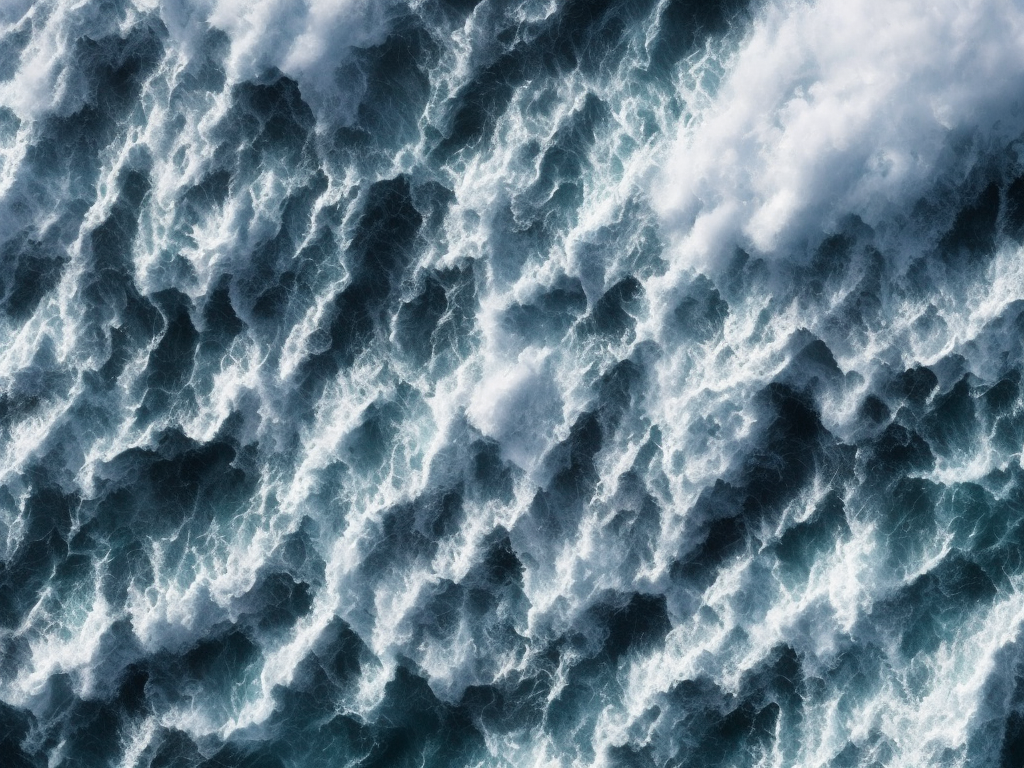
The earth is a complex system of interconnected elements, including the lithosphere and hydrosphere. Both are critical components of the earth's planetary environment, and understanding their differences is essential to comprehending the earth's natural processes.
The lithosphere is a layer of the earth's crust composed of four main layers: the uppermost layer, the crust, which is closest to the earth's surface, followed by the mantle and the outer and inner cores. It is a rigid layer that extends from the land masses to the ocean floor and includes the continents and oceanic plates. The lithosphere is a brittle, hard layer that provides the physical framework for life on earth, and it is composed of solid rock.
The hydrosphere is the layer of the earth's surface that includes all water bodies, including oceans, seas, lakes, rivers, groundwater, and glaciers. It includes water in all of its forms, from liquid to solid to gas. The hydrosphere is continuously in motion, with water moving through its various cycles like the water cycle, also known as the hydrologic cycle, which involves the movements of water between the earth's surface, atmosphere, and underground.
The lithosphere and the hydrosphere are distinct from one another, although they are intimately connected. They interact with one another in a variety of ways, including chemical reactions, erosion, sedimentation, and carbon cycling. Understanding the differences between them is critical to comprehending how the earth's systems function.
One key distinction between the lithosphere and the hydrosphere is their composition. The lithosphere is primarily composed of rock, including igneous, sedimentary, and metamorphic rocks, while the hydrosphere is composed mainly of water, which is a compound of hydrogen and oxygen atoms.
The lithosphere is also characterized by its physical properties, including its density, strength, and rigidity. This rigid layer enables the earth's basic geological processes, including tectonic activity, volcanic eruptions, and earthquakes. The lithosphere also plays a critical role in providing resources that support life, including minerals, fossil fuels, and metals.
The hydrosphere, on the other hand, is characterized by its mobility and fluidity. It is constantly in motion, with water moving in and out of the atmosphere, surface, and subsurface environments, driven by the forces of solar radiation and gravity. It provides life-supporting resources and habitats from which a vast array of unique and complex ecosystems have evolved. Moreover, the hydrosphere is critical to the earth's climate and weather patterns, regulating global temperatures and influencing precipitation patterns.
Another significant difference between the lithosphere and the hydrosphere is their spatial distribution. The lithosphere is primarily associated with landmasses, covering approximately 29% of the earth's surface. Thus, lithosphere includes the entire land surface, including mountains, valleys, plains, and canyons, and also the oceanic crust. In contrast, the hydrosphere is mainly associated with water bodies and covers approximately 71% of the earth's surface. The oceans represent the vast majority of the hydrosphere, with their total volume roughly 1.35 billion cubic kilometers.
The spatial distribution of lithosphere and hydrosphere interact in diverse ways. For example, the ocean floor is an integral part of the lithosphere and contains various geological formations and resources crucial for the earth ecosystem. Furthermore, interactions between tectonic plates, which are a distinct feature of the lithosphere, often result in volcanic eruptions and seafloor spreading that affect the oceanic components of the hydrosphere.
Finally, the lithosphere and hydrosphere differ significantly in their contribution to the earth's carbon cycle. The lithosphere participates primarily in the carbon cycle through the weathering of rocks, which releases carbon dioxide into the atmosphere. Meanwhile, the hydrosphere plays a critical role in absorbing and storing carbon. The oceans are the largest carbon sink on the planet, with phytoplankton responsible for around 40% of the total carbon dioxide absorbed by the earth's surface.
In summary, understanding the difference between the lithosphere and the hydrosphere is critical to understanding the earth's interdependent systems. The lithosphere is rigid and composed of rocks, driving geologic processes and providing resources that sustain life, while the hydrosphere is fluid, providing water resources and supporting diverse ecosystems that are critical to the earth's climate and weather patterns. They are also responsible for the carbon cycle, which impacts climate change. The interactions between these two systems are complex and intertwined, influencing every aspect of life on earth. Therefore, it is necessary to continue studying these systems individually and collectively to understand the planet's natural processes and the impacts of human activity on the earth.
 Self-Instruct
Self-Instruct